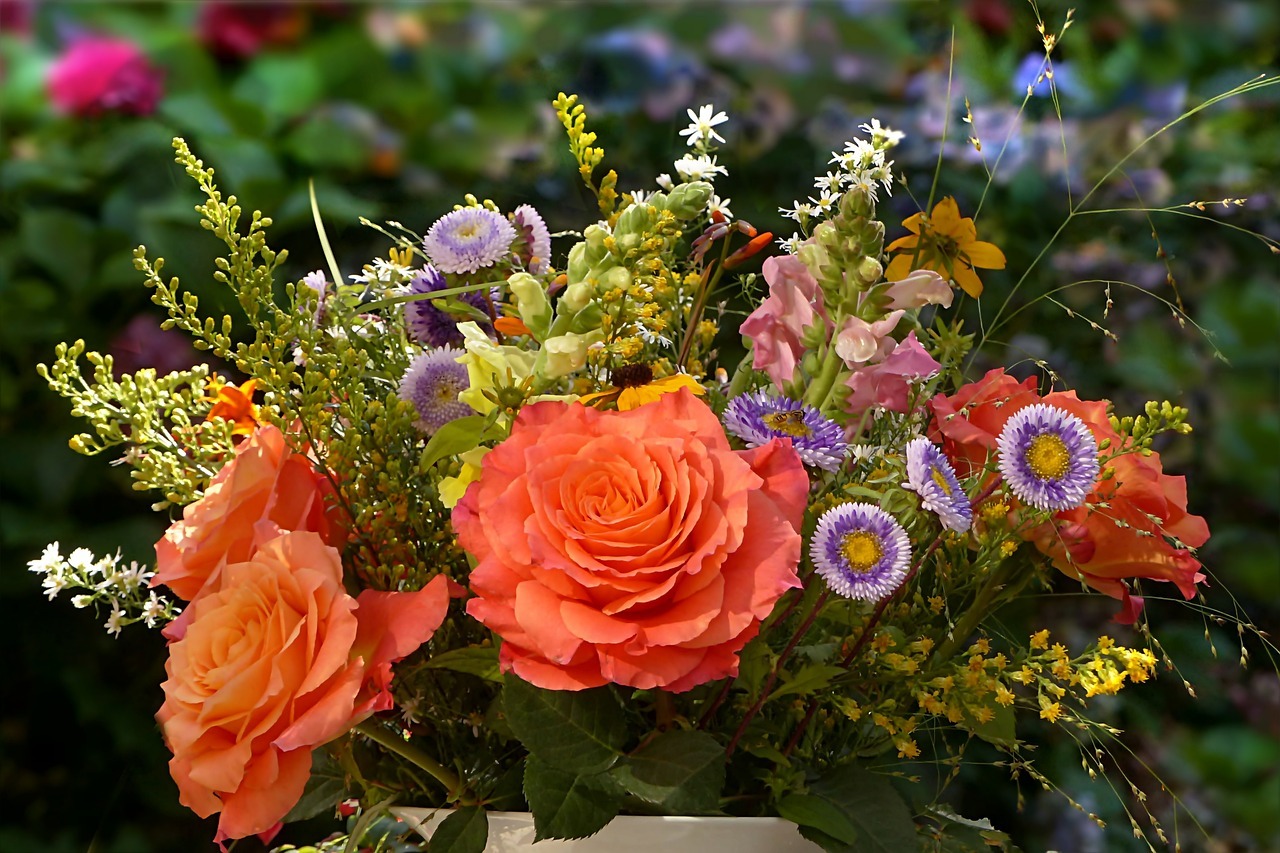People these days spend lots of money on a magnificent bouquet of flowers to convey their love and passion. However, regardless of whether you spend $15 or $1500 on flowers, do you understand what they signify and how the flower-giving custom began? So many flowers exist worldwide, each with its own size, shape, color, and scent.
Giving a potted flower as a present or sending a floral arrangement as popular Mother’s Day gifts is commonplace. Front doorways are now adorned with floral wreaths, and students exchange corsages and boutonnieres during prom. Flowers are sent to commemorate a special occasion, to grieve a loss, and to communicate love sentiments.
So, how did flowers come to have such profound significance? Our ancient predecessors utilized flowers to communicate feelings and significance, which may surprise you. During the 1700s, the English and French discovered a floral language called Floriography in Turkey.
The language of flowers has survived into current floral traditions due to this finding. It assists us in expressing our emotions, celebrating, or mourning. When did this language arise, though? What is the history of the flower-giving custom? Continue reading to learn about the history of flower-giving, facts about flowers, and what they mean today.
Egyptians and Flowers
The Ancient Greeks valued Flowers, but they weren’t the only ones. Flowers were also a part of the Ancient Egyptians’ beliefs and practices. Before going to war, Pharaohs used to adorn their wagons with flowers. Flowers grown along the Nile river were often used by peasants to beautify themselves and their loved ones.
Flowers were often given as presents to lovers and gods to express their love and admiration. Egyptian tales claim that people used to sing for the Lotus blossom at gatherings and conduct a feast to honor it. The Egyptians considered the Lotus flower as a symbol of rebirth and renewal since it blooms in the morning and closes at night.
Blue Lotus blossoms have a strong scent. Ancient painters painted depictions of the departed, inhaling the Lotus’ beautiful fragrance. The flower then grew to possess particular value for them. This demonstrates that Floriography originated in its most basic form during antiquity. It has subsequently evolved into a complicated floral language.
Ancient Greek’s Flowers
Flowers have always been revered for their color and beauty, and ancient stories frequently incorporated them. Plants and flowers are mentioned in Greek mythology, such as in Persephone’s story or Hyakinthos’ flowery metamorphosis. However, the significance of flowers in Greek culture wasn’t just demonstrated via storytelling.
The offering of flowers may be traced back to the Ancient Greeks. Flowers were linked with gods. Therefore, they would bring floral gifts to temples. This custom evolved throughout time to include offering flowers to beautiful women or earthy goddesses. From there, the custom evolved into a means of expressing emotion.
Victorian Era Flowers
After the Greeks and Egyptians, flowers became a tool for people to convey different emotions. This was useful during the Victorian era when it was forbidden to display emotion. Instead of voicing their sentiments, Victorians would convey their feelings by giving flowers.
They devised distinct meanings for each bloom based on its qualities. People began to create bouquets based on the emotions they wished to convey. Flowers were so significant in Victorian society that they were given special attention in the Royal Gardens.
During the Victorian era, it was vital to know the numerous meanings for each flower if you got a bouquet. You also needed to understand the significance of how the bouquet was fashioned and held out to you. Does it appear to be difficult? The Victorians believed the same thing. This is why they developed books and instructions about flower and floral arrangement meanings.
Flower Giving Today
Floriography and flower gifting became popular in the United States after the Victorian era. Individuals may now purchase a variety of local and foreign flowers. The custom of presenting flowers is still an essential aspect of modern society, even though the sophisticated language of flowers is less well recognized.
Even if you don’t understand the significance of a bouquet of roses or a single orchid, flowers have a specific meaning when presented as gifts. Flowers’ language continues to play a significant part in today’s relationships. Thanks to modern technologies, we can even send flowers to family and friends no matter where they are on the globe.
